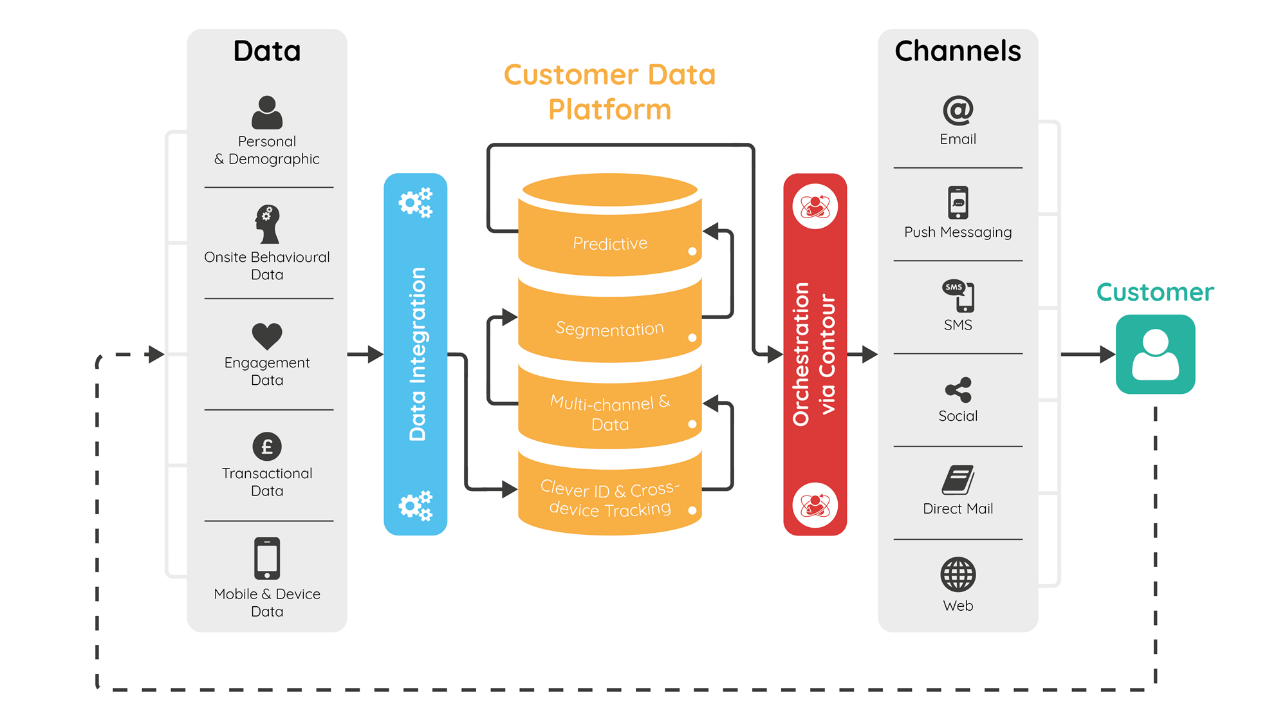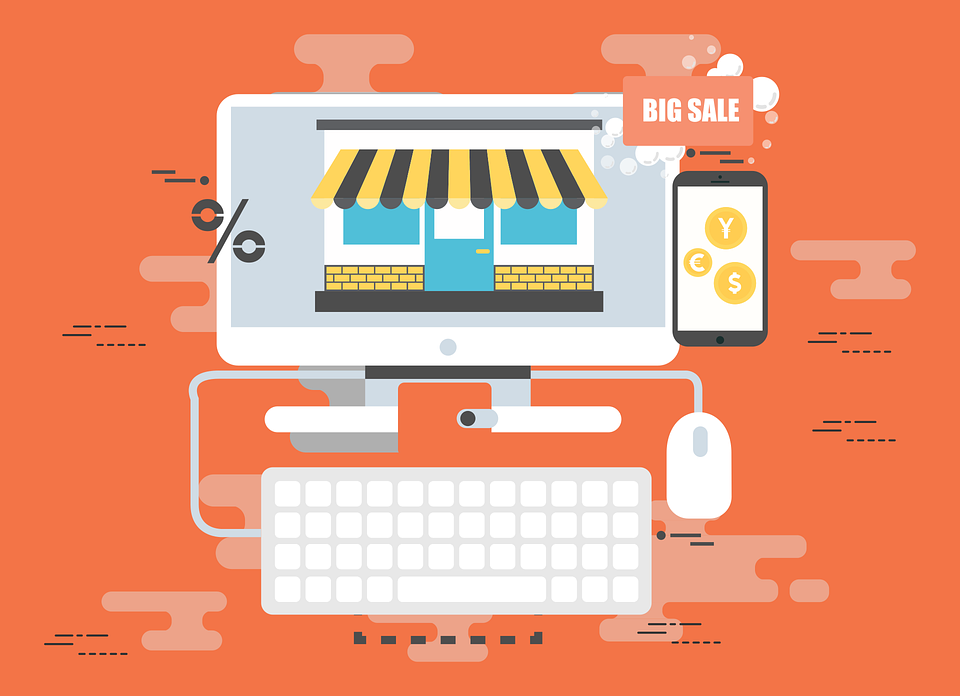From Data to Action: Harnessing the Potential of CDP and Marketing Automation
In today’s digital age, businesses are faced with a vast amount of data about their customers. This data can come from various sources such as website interactions, email campaigns, social media interactions, and CRM data. In order to make sense of this data and use it to improve customer engagement, businesses need a way to collect, store, manage, and segment this data in a central location. This is where a Customer Data Platform (CDP) comes in.
What Is a Customer Data Platform (CDP), first and foremost?
A CDP is a software that allows businesses to create a unified view of the customer across all channels and touchpoints. This enables businesses to better understand their customers and deliver more personalized experiences. By collecting data from various sources and creating a single customer profile, businesses can segment their customers into different groups based on their behavior, preferences, and demographics. This allows businesses to create targeted marketing campaigns that are more likely to resonate with their audience.

Simply put, the efficient handling of data is the foundation for effective marketing automation. Therefore, making efficient marketing automation one of the most effective ways to focus on customer service, while feeding the sales funnel.
So, how to make the most of a Customer Data Platform (CDP)?
The cleaning up of data is among the most frequently ignored topics. Consequently, making sure you have a consumer profile is crucial to fostering growth. You can give them a more individualized experience if you comprehend their journey.
An eCommerce business for example consists of personal customer information and their associated order history. This eCommerce business has the option to offer its goods through different channels, and customers may end up ordering them through their website, mobile app, or phone. As a result, compiling data may become challenging.
The financial system of the company will eventually receive the data from phone sales. The backend of the application may contain the real data from the orders, though. In consideration of this, it is necessary to combine this information.

CDP-Driven Marketing Automation: Digital Marketing’s Newest Horizon
Until now, marketers have relied on digital tools like Demand Side Platforms (DSP) and Data Management Platforms (DMP) to collect data. These platforms relied heavily on third-party data, which is currently being scrutinized because of privacy-related concerns. On the other hand, a CDP is solely concerned with the first-party data that belongs to the company.
When first-party data is gathered and combined from several data sources, it helps to paint a full image of a consumer. This contains all relevant data pertaining to the customer’s digital and online behavior. Marketers may create highly-personalized content for every individual customer by evaluating and analyzing this data.
For instance, if a customer’s online presence reveals that they are interested in purchasing a specific brand of shoes, the marketer can send them personalized communications with enticing offers for those specific brands of shoes. The customer reacts exceptionally well to this level of customization, which motivates them to purchase. Here, the marketer can use the CDP to track the behavior of the customer. Without a single customer view, a marketer wouldn’t be able to personalize the customer’s experience and instead send out untargeted marketing messages.
With their ingenuity, Customer Data Platforms have essentially breached a new boundary in the field of digital marketing. Real-time campaign activation based on a user’s digital activity is a capability that may be enabled by any Marketing Automation tool built on a CDP. Marketers can instantly send hyper-personalized messages to all of their customers on the channel of the interaction of their choice by integrating an AI-powered CDP. Here is completely impossible for a typical Marketing Automation System to accomplish, which is why an intelligent CDP excels.
Final Thoughts
Marketing automation and CDP are two crucial tools for enhancing client interaction. Businesses may design highly focused and individualized campaigns for their customers when they combine CDP and marketing automation. They can segment their audiences and develop ads that are more likely to resonate with them by leveraging the data gathered by the CDP. They can save time and money while efficiently reaching their target demographic by automating these efforts. Businesses can increase client engagement and spur revenue development by combining these technologies.

